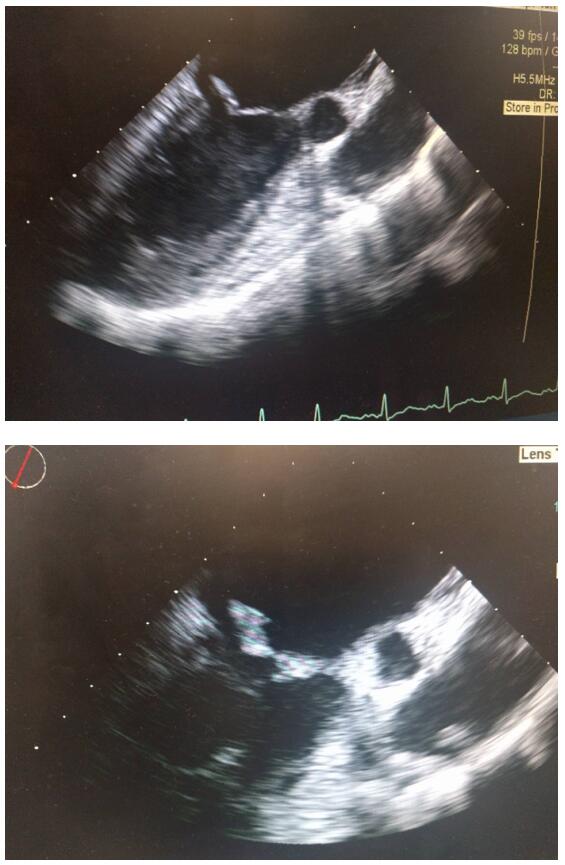Infective Endocarditis by Rare Organism Granulicatella Adiacens
Abstract
Infective endocarditis (IE) is a life-threatening infection of the cardiac valves especially in patients with preexisted valvular disease. Having a rheumatic heart disease, congenital heart disease, prosthetic valves or previous episodes of IE are some of the traditional risk factors for infective endocarditis (Hoen & Duval, 2013).
Although most cases were reported by streptococci especially streptococcus viridans, which is one of the commensal bacteria isolated from the mouth, some of the cases of IE can be caused by fastidious extracellular bacteria such as Abiotrophia, HACEK group bacteria, Clostridium, Brucella, Legionella, Mycobacterium, and Bartonella spp. These organisms need supplemented media, prolonged incubation time, and special culture conditions to grow and be isolated.
Abiotrophia was reclassified in a new genus Granulicatella, as Granulicatella adiacens, balaenopterae, elegans and G. para adiacens. The genus Abiotrophia consists of only one species -A.defectiva.


This work is licensed under a Creative Commons Attribution 4.0 International License.
Copyright for this article is retained by the author(s), with first publication rights granted to the journal.
This is an open-access article distributed under the terms and conditions of the Creative Commons Attribution license (http://creativecommons.org/licenses/by/4.0/).









1.png)














